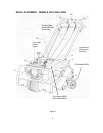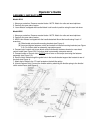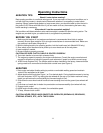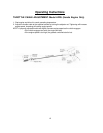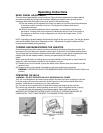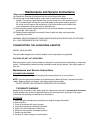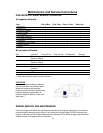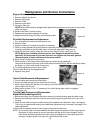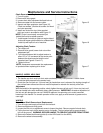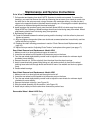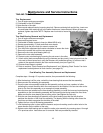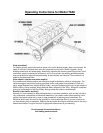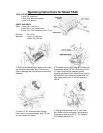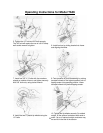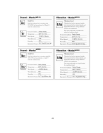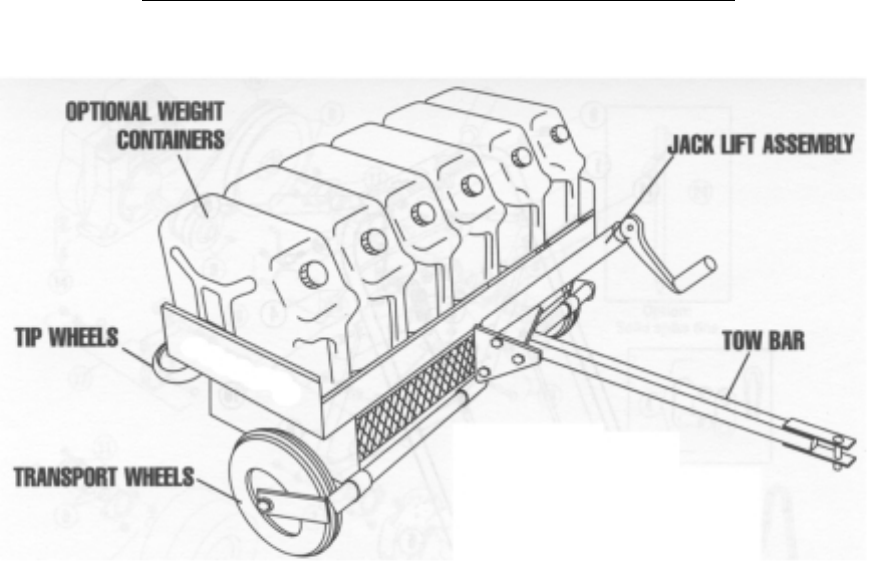
20
What is Aeration?
For healthy growth, grass roots need air space in the soil to absorb oxygen, water, and nutrients. Air
space in turf soils is reduced when soils are compacted by foot traffic, rainfall, irrigation, during
building construction and landscaping. Aeration by mechanically removing small plug (cores) of soil
and thatch, greatly increasing the air space in soil. In this manner, the aerating process promotes
new root growth and improves the lawns ability to absorb water and nutrients. The end result is a
healthier, more beautiful lawn.
When should I use the removable weights?
Soil conditions will dictate whether extra machine weight is needed for effective coring action. The
container weights are provided to give you added control, and greater tine penetration. Each con-
tainer, when filled with sand, weighs 96.6 Ibs./44kg., using all 6 containers giving you a total weight of
580 Ibs./262 kg. Each container, when filled with water, weighs 81.6 Ibs./37kg., using all 6 containers
giving you a total weight of 490 Ibs./222kg. Storing containers inside is recommended.
Should I water before aerating?
Normally it is not necessary to water before aerating. In extreme conditions, such as clay soil that is
very compacted, a simple test as follows will determine if you need to water before aerating. Use a
garden hand spade, weed tool, or even a large screwdriver to test the ground’s hardness. You
should be able to push the tool into the ground 2 to 3 inches with little effort. If you are unable to do
so, then watering may be advisable. Watering the day before should give sufficient time for the soil to
absorb the moisture. Use your hand tool to gauge the effectiveness of your watering.
Do not operate this machine without
first reading owners manual.
Operating Instructions for Model TA36



